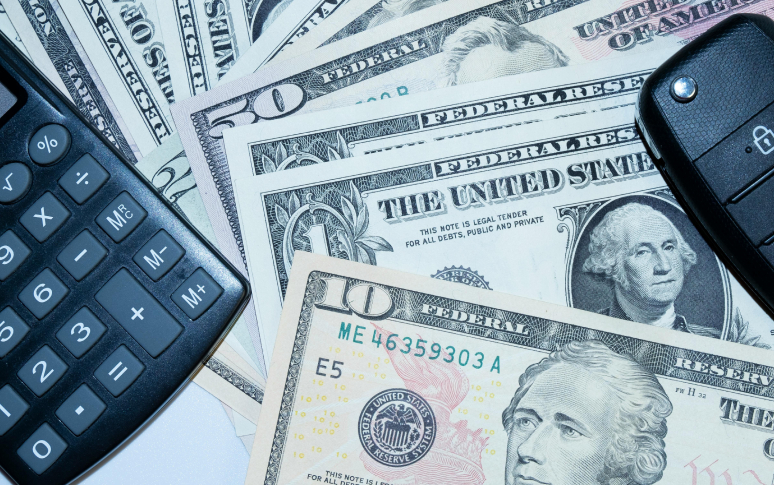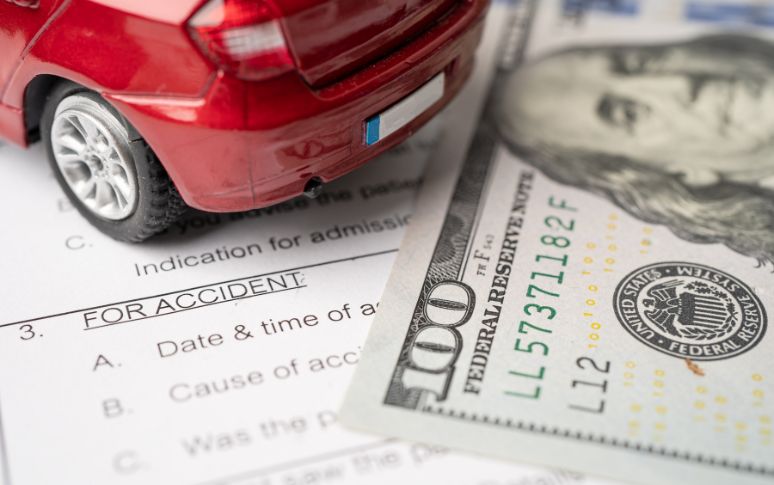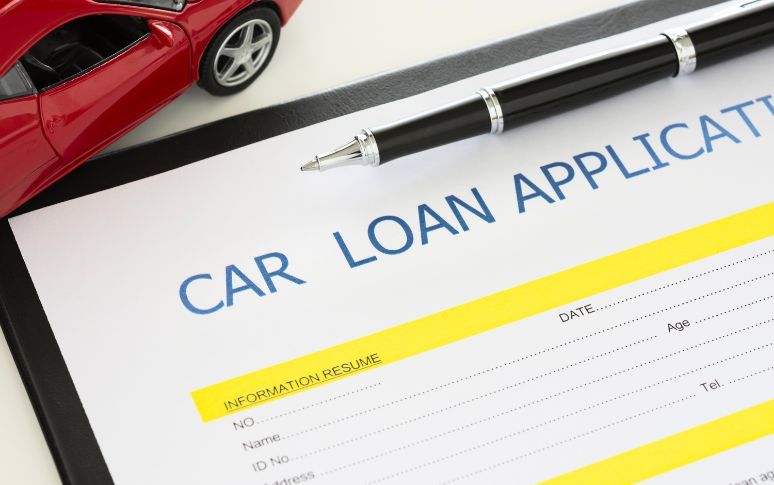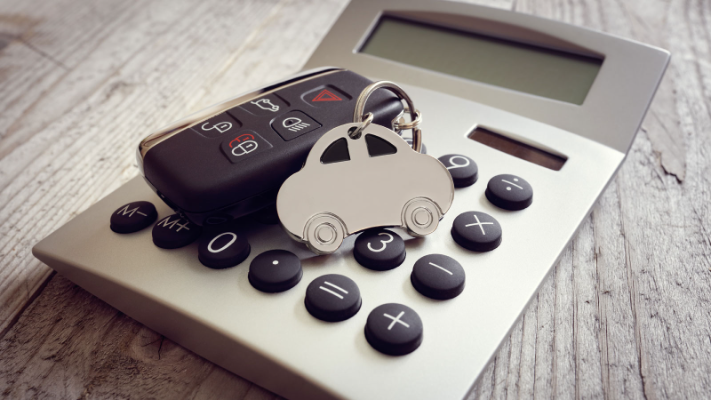1. Check Your Credit Score First
Your credit score is like a financial report card that lenders use to assess your reliability as a borrower. Just as a high GPA in school indicates strong academic performance, a good credit score signals to lenders that you're responsible with money. If you have a good credit score, typically 670 or above, you're more likely to qualify for lower interest rates on your car loan.
You can access your credit reports for free from the three major credit bureaus, Equifax, Experian, and TransUnion. Additionally, many credit card companies offer free credit score access to their cardholders. Knowing your credit score before you start the car loan process helps you set realistic expectations and gives you a better chance of getting a favorable loan offer.

2. Determine Your Realistic Budget
Before diving into the car loan market, it's essential to establish a budget that aligns with your financial situation. The monthly loan payment is just one part of the equation. You also need to consider the initial down payment, which is the amount of money you pay upfront for the car. A larger down payment can lower your monthly payments and the total amount of interest you'll pay over the life of the loan.
Car insurance is another significant expense that varies depending on factors like your driving record, the type of car you choose, and your location. Maintenance costs also play a role. On the other hand, used cars may require more frequent and costly repairs, so it's wise to research models known for their reliability.

3. Get Pre-approved from Multiple Lenders
Getting pre-approved for a car loan is like having a golden ticket that gives you an edge in the car-buying process. It allows you to compare loan offers from different banks, credit unions, and online lenders. When you apply for pre-approval, lenders will review your financial information and give you an idea of how much they're willing to lend you and at what interest rate.
Pre-approvals usually don't have a negative impact on your credit score, as they are considered soft inquiries. However, in some cases, you might need to complete a full application to see the exact loan details, which could result in a hard inquiry.

4. Compare Different Lenders' Rates
Not all lenders are created equal when it comes to car loan rates. Just as different stores offer different prices for the same product, lenders vary in the interest rates and terms they provide. These differences can have a significant impact on the total cost of your loan. A lower interest rate means you'll pay less in interest over the life of the loan, saving you money in the long run.
When comparing lenders, it's important to look beyond just the interest rate. Consider the loan amounts they offer, the repayment terms (such as 2-8 years), and any additional fees or charges. Some lenders may have origination fees, prepayment penalties, or other costs that can add up.

5. Choose the Right Vehicle for Your Budget
Before stepping foot in a dealership, it's crucial to have a clear idea of the type of vehicle that fits your budget. Car comparison sites like Kelley Blue Book and Edmunds are invaluable resources. They provide detailed information about the prices of new and used cars, as well as the potential trade-in value of your current vehicle.
For example, if you have a monthly car payment budget of $400, you can narrow down your options to vehicles that fit within that price range. Researching in advance also helps you avoid falling in love with a car that's out of your financial reach. It allows you to enter the dealership with confidence, knowing the fair market value of the cars you're interested in.

6. Compare Dealer Offers with Pre-approvals
Loans from car dealers can sometimes come with higher interest rates compared to those from banks or credit unions. However, in some cases, dealerships have partnerships with lenders that allow them to offer competitive rates. If you've obtained pre-approvals from other lenders, it's essential to take those offers with you to the dealership.
When the dealer presents you with a financing offer, carefully compare the loan amount and repayment terms with your pre-approval offers. Before signing any loan contract, read it thoroughly to look for hidden fees, unnecessary vehicle add-ons, early payoff penalties, or longer loan terms that could increase the overall cost of the loan.

7. Set Up a Payment Plan
Once you've been approved for a car loan, setting up automatic payments is one of the best things you can do to ensure a smooth repayment process. Many lenders offer convenient online dashboards or mobile apps where you can easily sign up for autopay. By linking your bank account to the lender's system, your monthly payment will be automatically deducted on the due date.
Missing a car loan payment can have serious consequences. Most lenders charge late fees, which can range from a small amount to a significant percentage of your monthly payment. By setting up automatic payments, you can avoid these risks and stay on track with your loan repayment, protecting your credit and your investment in the car.

8. Understand Special Loan Situations
If you have bad credit, don't lose hope. While it may be more challenging to get a car loan, there are still lenders who specialize in providing financing to borrowers with less-than-perfect credit. These lenders may offer higher interest rates, but they can help you get the vehicle you need and also give you an opportunity to improve your credit over time by making timely payments.
If you find yourself unable to make your car loan payment in one month, the first thing you should do is contact your lender immediately. Most lenders are willing to work with you and may offer options such as a temporary payment plan adjustment, a payment deferral for a month, or a reduction in the interest rate.














